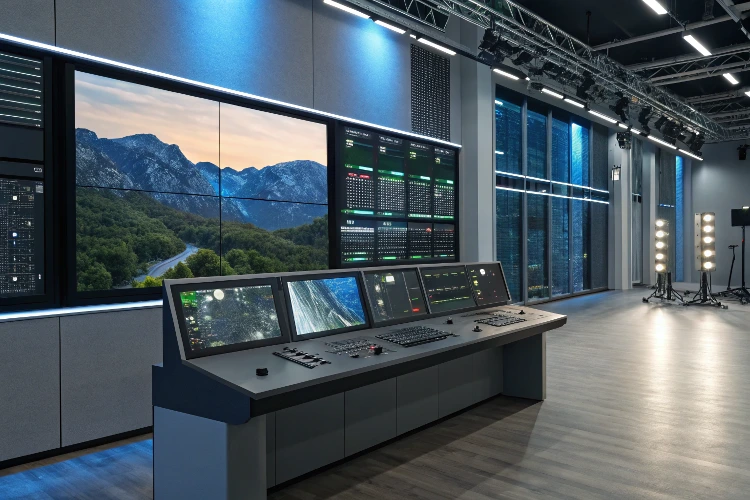OpenAI Tests Real-Time Video Generation Tool

In a groundbreaking advancement at the intersection of artificial intelligence and multimedia creation, OpenAI has begun testing a real-time video generation tool, signaling a new frontier in generative content technology. The experimental system is designed to produce high-fidelity video from text prompts or minimal image inputs in real time, opening possibilities for industries ranging from filmmaking and marketing to education and simulation.
Real-Time Generation: From Concept to Clip in Seconds
Unlike traditional AI video tools that require extensive processing time, OpenAI’s latest prototype focuses on real-time rendering capabilities, enabling users to generate dynamic scenes, transitions, and characters in seconds. The tool can synthesize videos from:
-
Natural language prompts (“A city skyline at sunset with flying drones”)
-
Still images or sketches (converted into motion scenes)
-
Scripted sequences with multiple camera angles and actions
The system incorporates advanced transformer architectures with multi-modal optimization, allowing for seamless integration of vision, text, and motion patterns. According to internal reports, latency has been reduced to near-live performance—making it viable for real-time creative feedback loops.
A Leap in Generative AI: Beyond Sora
While OpenAI’s previous demo, Sora, showcased cinematic-quality video generation from static prompts, this new tool represents a leap into interactive content creation. Early testers report capabilities such as:
-
Dynamic scene adaptation to text revisions
-
Physics-aware motion and depth modeling
-
Realistic human and object animation
-
Lip-synced dialogue generation via integrated speech synthesis
This positions OpenAI as a key player not just in static media generation, but in real-time generative storytelling.
Use Cases Across Creative and Commercial Sectors
The implications of this tool are vast and cross-disciplinary. Potential applications include:
-
Rapid storyboarding and pre-visualization for film and game studios
-
Marketing campaigns with customizable short-form videos on demand
-
Immersive training simulations for enterprise, defense, and education
-
Interactive explainer videos powered by user-generated prompts
For content creators, the platform could serve as a next-gen “video co-pilot,” streamlining production and unlocking faster iteration cycles.
Ethics, Deepfakes, and Safeguards
With such power comes renewed scrutiny. OpenAI has acknowledged the risks associated with synthetic media—particularly misinformation, deepfakes, and unauthorized likeness use. The company is reportedly embedding:
-
Digital watermarks and provenance metadata
-
Use-case restrictions and safety filters
-
Identity protection frameworks to prevent misuse of public figures or private individuals
OpenAI is also engaging with policymakers and creative industry leaders to help shape governance standards for AI-generated video content.
